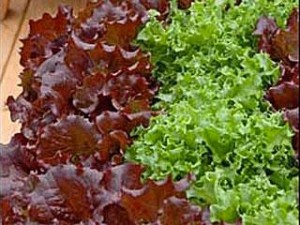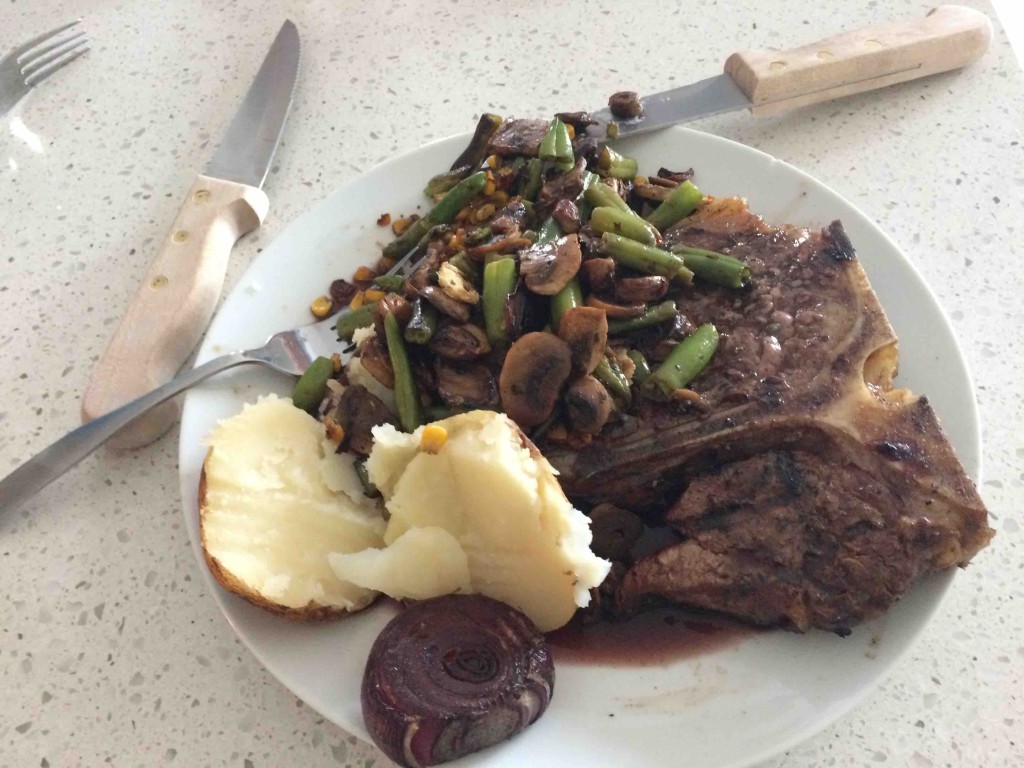An anecdotal increase in C. perfringens outbreaks was observed in the North East of England during 2012–2014. We describe findings of investigations in order to further understanding of the epidemiology of these outbreaks and inform control measures.
 All culture-positive (>105 c.f.u./g) outbreaks reported to the North East Health Protection Team from 1 January 2012 to 31 December 2014 were included. Epidemiological (attack rate, symptom profile and positive associations with a suspected vehicle of infection), environmental (deficiencies in food preparation or hygiene practices and suspected vehicle of infection) and microbiological investigations are described. Forty-six outbreaks were included (83% reported from care homes). Enterotoxin (cpe) gene-bearer C. perfringens were detected by PCR in 20/46 (43%) and enterotoxin (by ELISA) and/or enterotoxigenic faecal/food isolates with indistinguishable molecular profiles in 12/46 (26%) outbreaks. Concerns about temperature control of foods were documented in 20/46 (43%) outbreaks. A suspected vehicle of infection was documented in 21/46 (46%) of outbreaks (meat-containing vehicle in 20/21). In 15/21 (71%) identification of the suspected vehicle was based on descriptive evidence alone, in 5/21 (24%) with supporting evidence from an epidemiological study and in 2/21 (10%) with supporting microbiological evidence.
All culture-positive (>105 c.f.u./g) outbreaks reported to the North East Health Protection Team from 1 January 2012 to 31 December 2014 were included. Epidemiological (attack rate, symptom profile and positive associations with a suspected vehicle of infection), environmental (deficiencies in food preparation or hygiene practices and suspected vehicle of infection) and microbiological investigations are described. Forty-six outbreaks were included (83% reported from care homes). Enterotoxin (cpe) gene-bearer C. perfringens were detected by PCR in 20/46 (43%) and enterotoxin (by ELISA) and/or enterotoxigenic faecal/food isolates with indistinguishable molecular profiles in 12/46 (26%) outbreaks. Concerns about temperature control of foods were documented in 20/46 (43%) outbreaks. A suspected vehicle of infection was documented in 21/46 (46%) of outbreaks (meat-containing vehicle in 20/21). In 15/21 (71%) identification of the suspected vehicle was based on descriptive evidence alone, in 5/21 (24%) with supporting evidence from an epidemiological study and in 2/21 (10%) with supporting microbiological evidence.
C. perfringens-associated illness is preventable and although identification of foodborne outbreaks is challenging, a risk mitigation approach should be taken, particularly in vulnerable populations such as care homes for the elderly.
An epidemiological review of gastrointestinal outbreaks associated with Clostridium perfringens, North East of England, 2012–2014
Epidemiology and Infection / Volume 144 / Issue 07 / May 2016, pp 1386-1393









